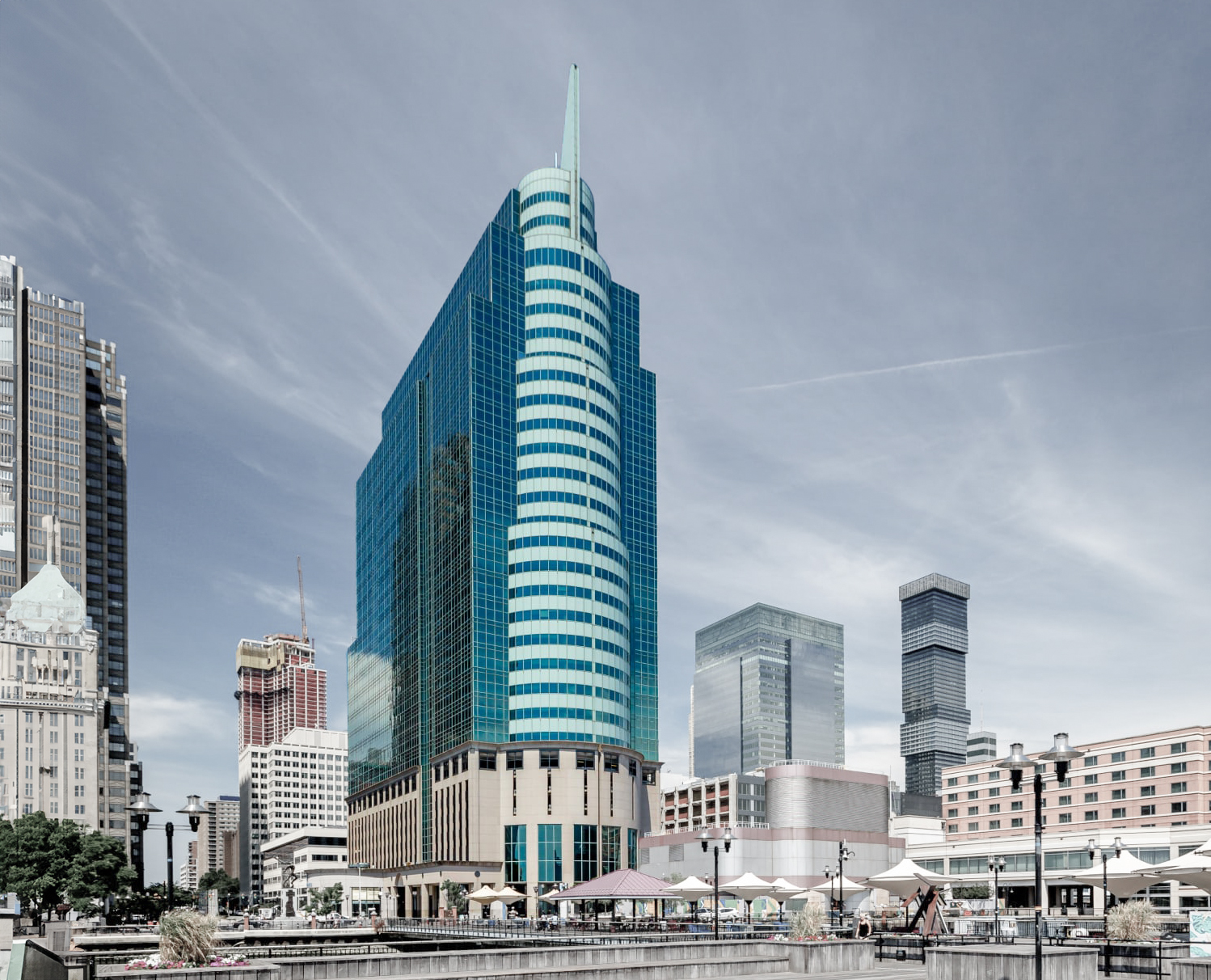The 10 Exchange Place is a Postmodernist skyscraper designed by Grad Partnership, with Harry B. Mahler as lead architect, and built between 1989 and 1990 in New Jersey, NJ.
10 Exchange Place is not the only name you might know this building by though. The building is, or has also been known as Exchange Place Center.
Its precise street address is 10 Exchange Place, New Jersey, NJ. You can also find it on the map here.
The building underwent a major restoration between 2020 and 2021. The architect commissioned to undertake this restoration was MdeAS.


